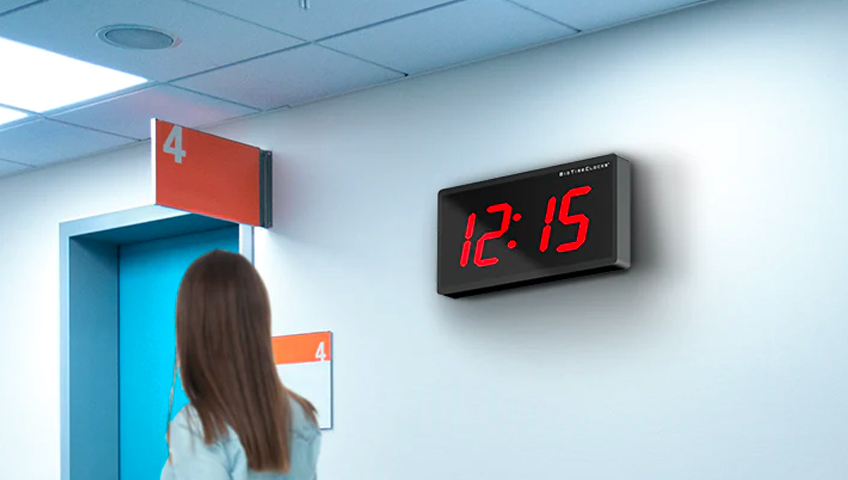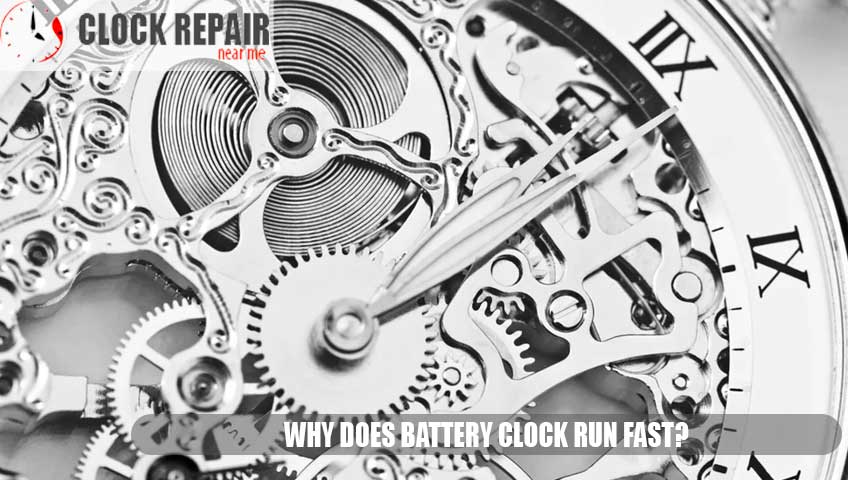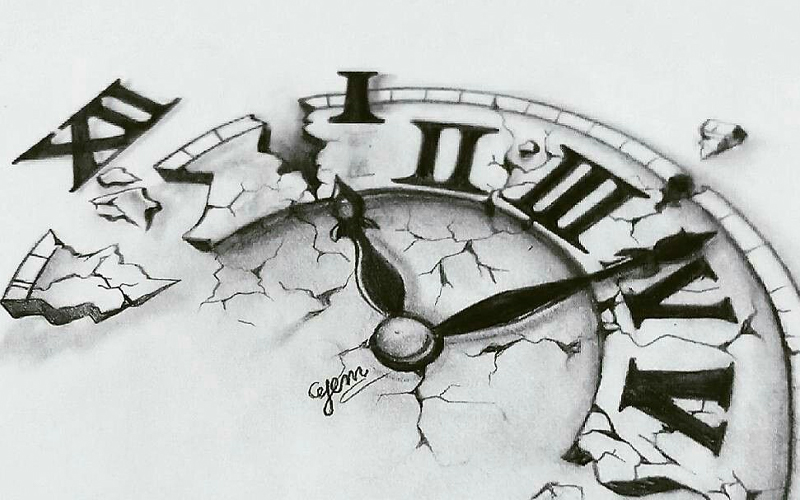Quartz clocks work based on the piezoelectric properties of quartz crystals. Here’s a simplified explanation of how quartz clocks function:
The heart of a quartz clock is a small, precisely cut piece of quartz crystal. Quartz crystals exhibit a property called piezoelectricity, which means that when mechanical stress is applied to them, they generate a small electric charge.
The quartz crystal is connected to an electronic circuit within the clock. When an electric current is applied to the quartz crystal, it vibrates at a very specific frequency, known as its resonant frequency.
The vibrations of the quartz crystal are extremely regular and stable. The electronic circuit in the clock then divides this high-frequency signal into lower frequencies that are suitable for timekeeping. Typically, the frequency is divided by 2^15 (32,768 Hz divided by 2^15 = 1 Hz), resulting in a one-second pulse.
The one-second pulses generated by the electronic circuit are used to drive a stepper motor or other timekeeping mechanism. The stepper motor moves the gears that turn the clock’s hands, advancing the time in one-second intervals.
Quartz clocks are usually powered by batteries, providing a constant source of electricity to the electronic circuit and quartz crystal. Some clocks may use the electrical power from an outlet.
Quartz clocks are known for their high accuracy. The inherent stability of the quartz crystal’s vibrations allows for precise timekeeping. Modern quartz clocks can keep time within a few seconds per month
The use of quartz crystals in clocks revolutionized
The use of quartz crystals in clocks revolutionized timekeeping technology due to their accuracy and reliability. Quartz clocks are widely used in various timekeeping devices, from wristwatches to wall clocks, owing to their affordability and low power consumption.
Final month, we defined how mechanical clocks work. Whereas mechanical clock know-how got here practically a thousand years earlier than quartz clock know-how, each have a spot in fashionable timekeeping.
Like mechanical clocks, quartz clocks have gears inside them to push the arms across the clock face, measuring seconds, minutes, and hours with precision. Nonetheless, these gears are regulated by a tiny quartz crystal fairly than a steadiness wheel or swinging pendulum.
Quartz is among the commonest minerals on Earth. It’s created from silicon dioxide, a chemical compound present in sand and plenty of sorts of rock. Quartz is what we name piezoelectric, which means when compressed, it generates a small however measurable electrical present. On the contrary, when electrical energy passes by means of quartz, it vibrates at a exact frequency — a precise variety of occasions per second.
So how do quartz clocks work?
Every quartz clock or watch comprises a small piece of quartz, normally formed like a musician’s tuning fork. The battery inside a quartz clock or watch sends electrical energy to the quartz crystal by way of an digital circuit, inflicting the fork’s prongs to vibrate 32,768 occasions per second.
The circuit measures the variety of vibrations, and generates one digital pulse per each 32,768 vibrations — or, one per second. These pulses energy the gear wheels ahead, in flip shifting the clock’s second hand (and minute and hour arms) clockwise across the clock face. Quartz actions are each correct and sturdy, making them interesting to these on the lookout for a top quality timepiece that gained’t break the financial institution.
If you happen to’re on the lookout for a sublime and inexpensive desk or mantel clock, we invite you to buy our finely crafted quartz collections.





